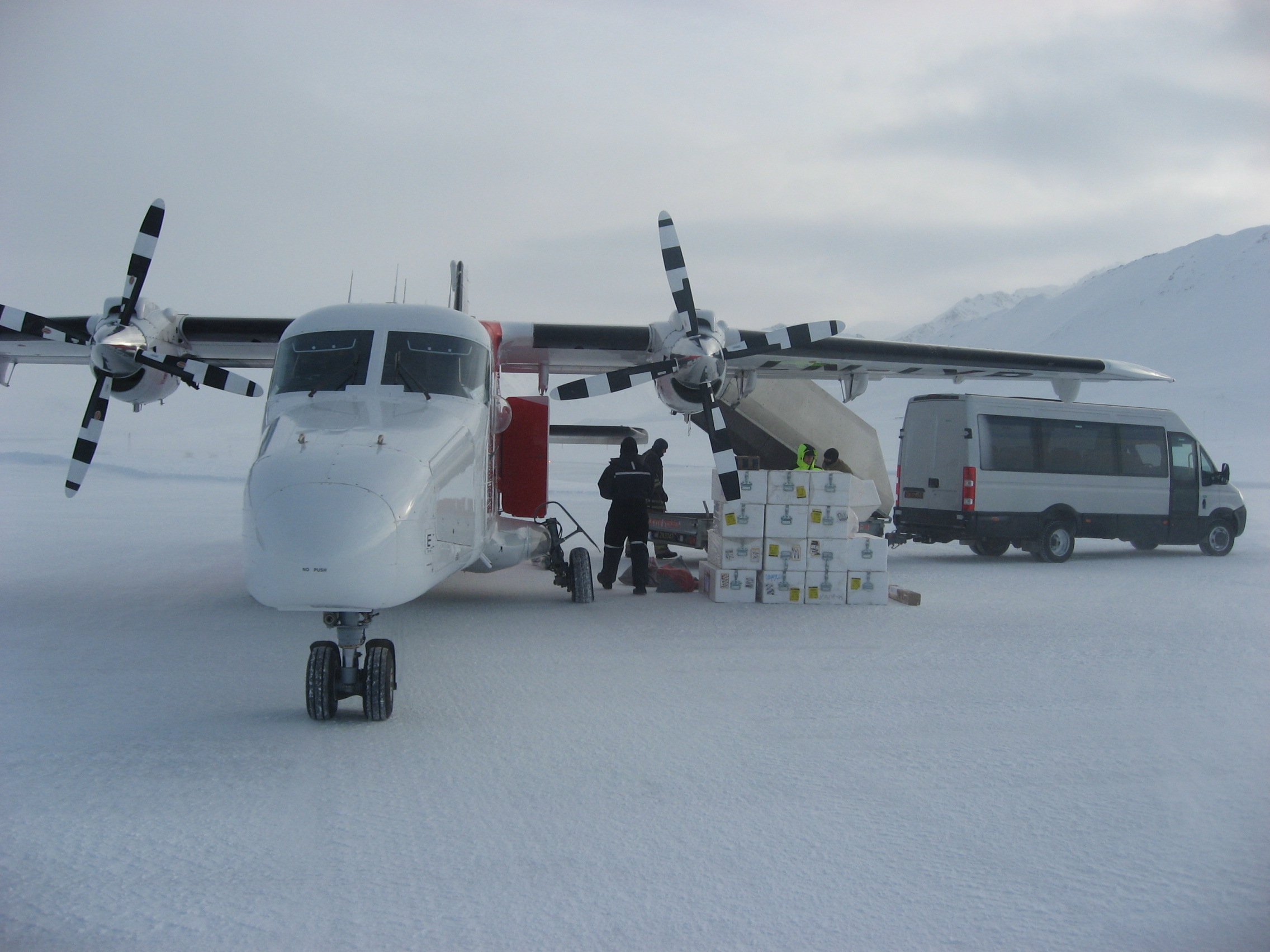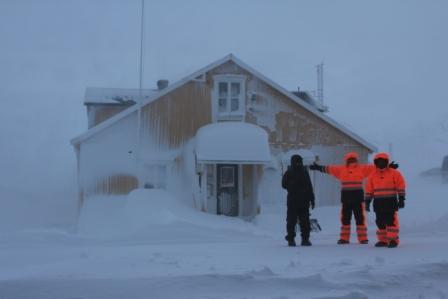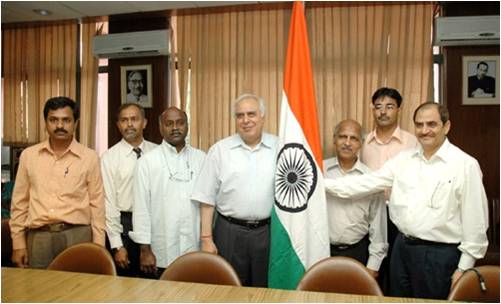- Screen Reader Access
- Skip to : main content / navigation
- Text Size
- Home
- Sitemap
- Contact us
- हिंदी
About Arctic:
India is the most recent country to commence Arctic research as it established its Arctic research station as recently as 2008. However, the country is no stranger to polar research, as India’s Antarctic research endeavours started in 1981 and the first research station was established in 1983. Until recently, Antarctica was the only focal point of India’s polar research, but the Arctic research is now getting increased attention India’s Arctic programme aims to contribute to the development, consolidation and dissemination of the current understanding of climate change, its impacts and adaptations in the Norwegian Arctic, Svalbard. India’s Arctic research includes atmospheric, biological, marine and earth sciences and glaciological studies. The atmospheric research encompasses investigations into aerosols and precursor gases with respect to their radiative, physical-chemical and optical properties and studies of the effects of space weather on the auroral ionosphere. Biological studies include sea-ice microbial communities; and in marine research, phytoplankton pigments, nutrients, pH, DO, sea-water salinity and other ecological parameters have been investigated. Earth sciences and glaciological observations include studies of snow-pack production of carbon monoxide and its diurnal variability.
The foundation of the Indian Arctic endeavours was laid in 2007, when the Government of India decided to explore the feasibility of dovetailing the country’s scientific agenda in the Antarctic region with significant major long-term scientific initiatives. The Indian scientific endeavours in the Arctic realm commenced when a five-member scientific team visited Ny-Ålesund on the Svalbard archipelago of Norway during the summer of 2007. India leased a station building at Ny-Ålesund from Kings Bay AS which owns and manages the facilities at the International Research Base. The Indian station 'Himadri' was inaugurated on 1st July, 2008 by Shri. Kapil Sibal the-then Hon. Minister of Science and Technology and Earth Sciences, in the presence of dignitaries from Norway, UK, Germany and other countries besides India.
Considering the immense scope for scientific research, NCAOR, as the nodal agency for the Indian Arctic Programme entered into a MoU with the Norwegian Polar Institute for scientific co-operation in Polar Sciences. Subsequent to the successful achievements of first year in Arctic science, India's proposal to become a member of the Ny-Ålesund Science Managers Committee (NySMAC) was accepted in November 2008. The major role of NySMAC is to enhance cooperation and coordination amongst research activities at the Ny-Ålesund International Arctic Research and Monitoring Facility. Shri Prithviraj Chavan, the-then Hon. Minister of Science and Technology, together with Ms. Tora Aasland, Hon. Minister of Research and Higher Education of Norway, led a high-level delegation to Ny-Ålesund on 6th June 2010. At HIMADRI, both the Ministers formally launched the Indian Arctic web portal. Major developments of Indian Arctic programme were laid in the year 2013, when India received the permanent observer status in the Arctic Council during the meeting of the Arctic Council in Kiruna, Sweden with the efforts of the then Foreign Minister Mr. Salman Khurshid.
This portal showcases the Indian Scientific endeavours in the Arctic region. It also gives a bird’s eye view of the International Research Facilities at Ny-Ålesund, Himadri, India’s Science Plan and achievements over the past three years. The portal, it is hoped, will act as a stimulus to more of the Indian scientific community to become partners in this national endeavour and also act as a window to the Indian endeavours in the arctic realm.


